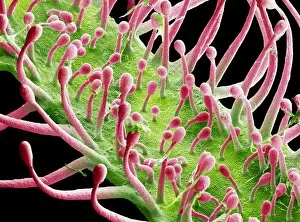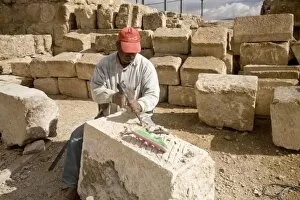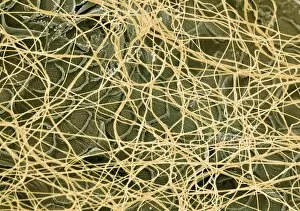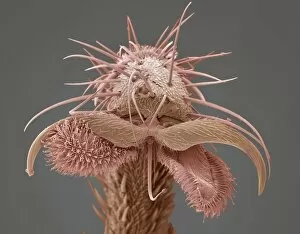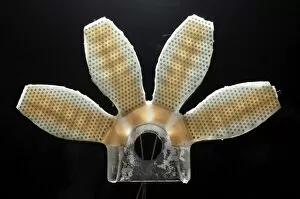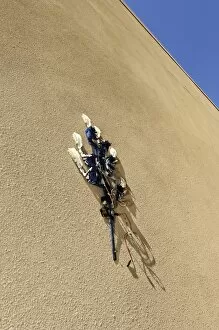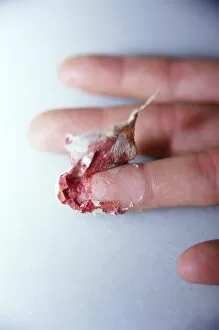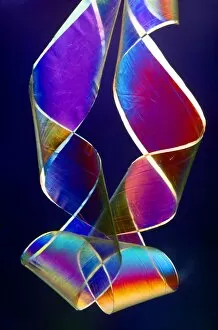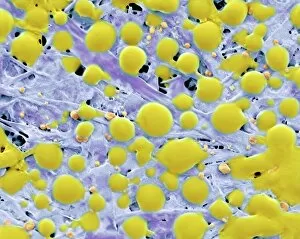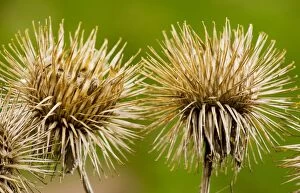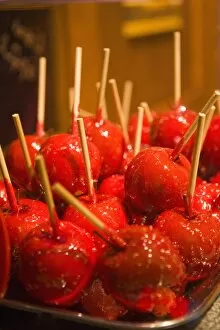Adhesive Collection (#2)
Adhesive: Sticking the World Together From the humble beginnings of a postage stamp to the intricate workings of activated platelets
For sale as Licensed Images
Choose your image, Select your licence and Download the media
Adhesive: Sticking the World Together From the humble beginnings of a postage stamp to the intricate workings of activated platelets, it has played an essential role in our lives. In 1840, the Penny Black of Great Britain revolutionized mail delivery as the world's first adhesive postage stamp. Engraved by Frederick Heath and printed by Perkins Bacon & Co. , it marked a significant milestone in communication. But adhesive's influence extends beyond paper and letters. Flies trapped on flypaper serve as a testament to its sticky power, capturing these pesky insects effortlessly. The microscopic world reveals another fascinating application - activated platelets observed under scanning electron microscopy (SEM). These tiny cells use adhesion to form blood clots, crucial for wound healing and preventing excessive bleeding. Moving from biology to everyday life, Owen Owen's Fablon display showcases how they are transform spaces with vibrant patterns and colors. This versatile material allows for endless creativity in interior design. In aviation history, Charles H. Hubbell immortalized iconic aircraft models through static displays using adhesive bonds that held them together flawlessly. The Wright C model from 1953 captures the essence of flight innovation pioneered by Orville and Wilbur Wright themselves. Similarly, Hubbell's Wright Glider model pays homage to their early experiments that paved the way for modern aviation. The Curtiss D model from around 1940 represents another triumph where adhesive played a vital role in constructing this legendary aircraft known for its speed and maneuverability. Henri Farman's model from 1933 showcases yet another masterpiece brought together by skilled hands guided by adhesives. Beyond aviation lies other technological marvels like German-made altimeters that rely on precise adhesion mechanisms created by CP Goerz. Meanwhile, the X-33 VentureStar Reusable Launch Vehicle model from the 1990s hints at futuristic space exploration made possible through innovative bonding techniques.

